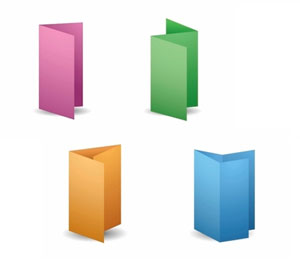 The reason paper makes for such a versatile medium is its ability to transform into something entirely different. As a child, you probably created airplanes, miniature footballs, or fortune tellers through paper folding techniques. Likewise, with a wide variety of folder and brochure folds, a single sheet of paper stock can become a cool tri-panel folder, a fancy multi-page brochure or practically any other form of print marketing.
The reason paper makes for such a versatile medium is its ability to transform into something entirely different. As a child, you probably created airplanes, miniature footballs, or fortune tellers through paper folding techniques. Likewise, with a wide variety of folder and brochure folds, a single sheet of paper stock can become a cool tri-panel folder, a fancy multi-page brochure or practically any other form of print marketing.
When creating marketing media, there are many different types of printing folds available for designers to consider—each one offering a unique canvas for your creative ideas.
1. Basic Fold
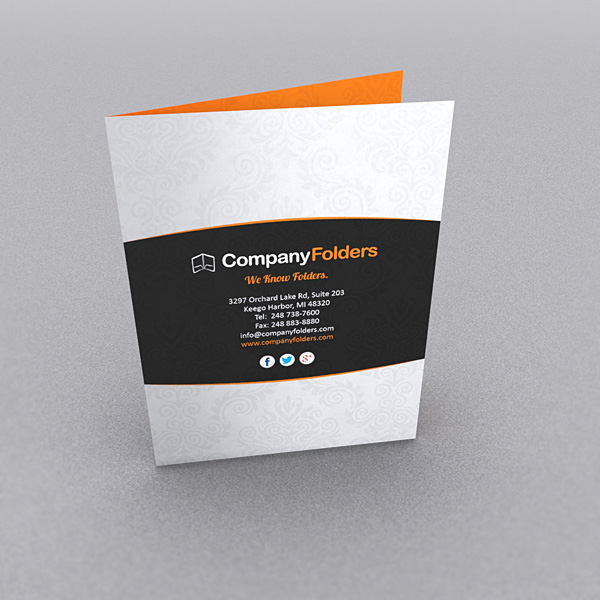
Basic folder and brochure folds divide the sheet directly in half, so that it opens either vertically or horizontally, creating a total of four panels. This folding style is easy to design for and inexpensive to manufacture, so it’s the most commonly used fold in print media. Two-panel folder designs typically involve basic folding options, though some types of small brochures may also do the same.
2. Accordion Fold
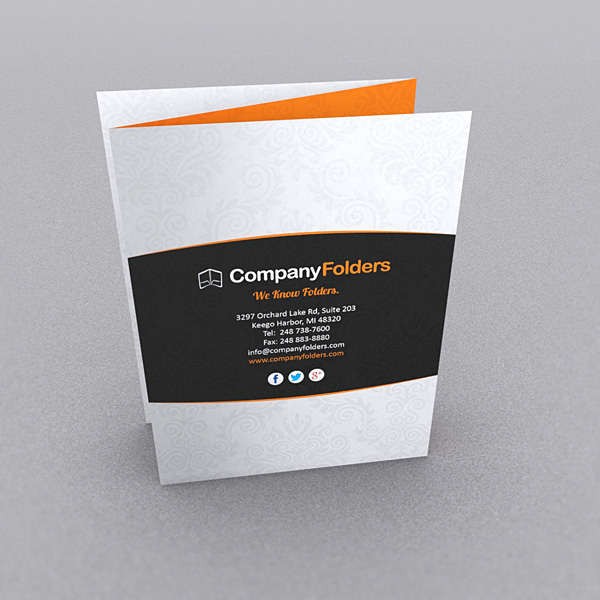
Accordion folds are typically used for brochures, as they fold down small but are able to hold a great deal of information. If you look down on an accordion brochure fold from above, it resembles the letter “Z” as it zig-zags back and forth, dividing the page into thirds. The average accordion-folded sheet includes two folds, creating six panels of design space with the ability to design two-page spreads on the interior panels. It’s also possible to have more accordion folds, depending on the size of the unique sheet you’re working with.
3. Tri-Fold
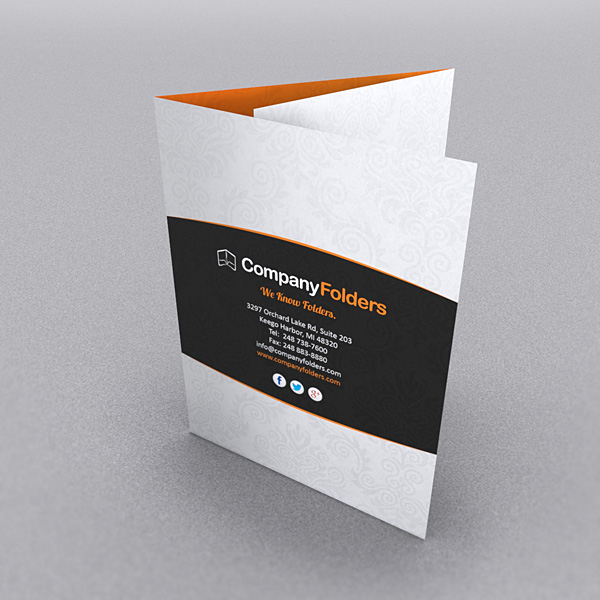
Tri-folds are often used for brochures, but they can also be used for three-panel folder designs. The name is a bit of a misnomer since the paper is actually folded a total of two times (it should technically be called a “bi-fold”). Like a standard accordion fold, tri-fold styles split the paper into thirds, but one panel goes over the other instead of collapsing down like an accordion. This is also sometimes referred to as a letter fold since it resembles the way a business letter is folded. The tri-fold gives your design a sense of timing and order, since the audience will see the different panels revealed one after another.
4. Gate Fold
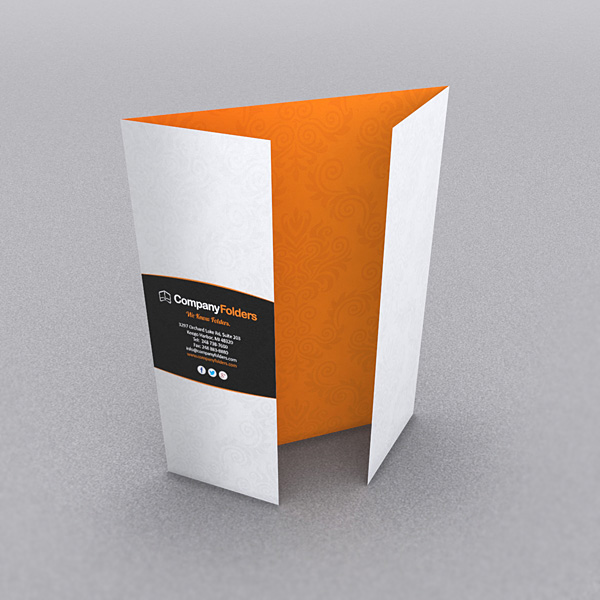
Gate fold designs result in panels that fold outward from the center like a double gate. Gate folds create a total of six panels, but the center panel on each side is the same size as the left and right panels combined. This is a common technique for both presentation folder and brochure folds. They offer plenty of creative opportunities, evoking an inviting feeling when they open up to the reader.
5. Map Fold
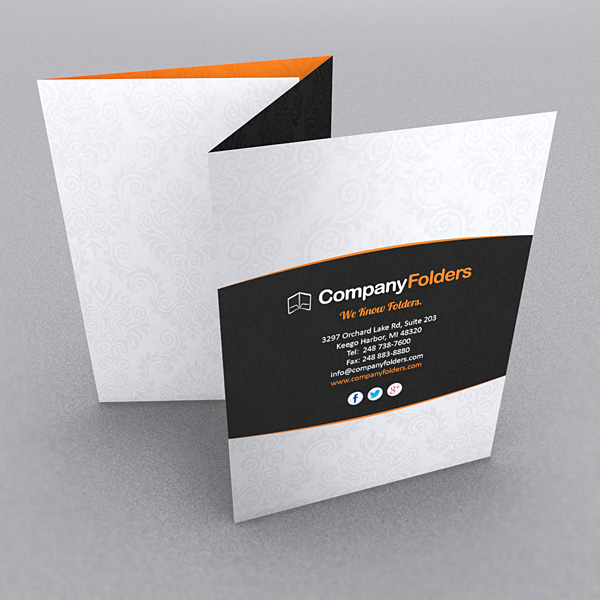
If you’ve ever handled a road map, a map fold should be pretty familiar. A sheet is folded over several times to create a compact piece of media that expands to something much larger. Due to the complex nature of this fold type, it’s normally limited to lighter stocks and may require special equipment. Map folding is commonly used for materials containing pharmaceutical information, product instructions, equipment specifications and other examples where a large amount of vital data needs to fit into a small space.
6. Parallel Fold
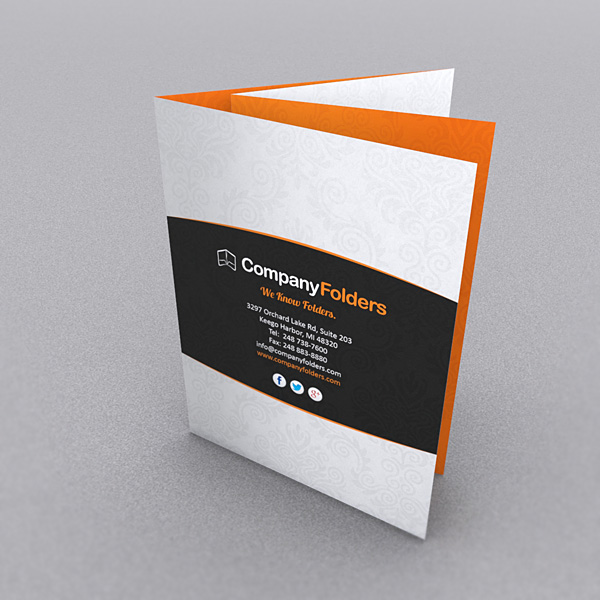
Parallel folds create an effect similar to two basic folds aligned “parallel” to one another. A parallel brochure fold will first open up like a standard folder with two interior panels of design space and then unfold further, revealing four additional panels. This gives you the extra space to create a large scale design, since four panels are directly adjacent to one another when the paper has been fully opened.
7. Poster Fold
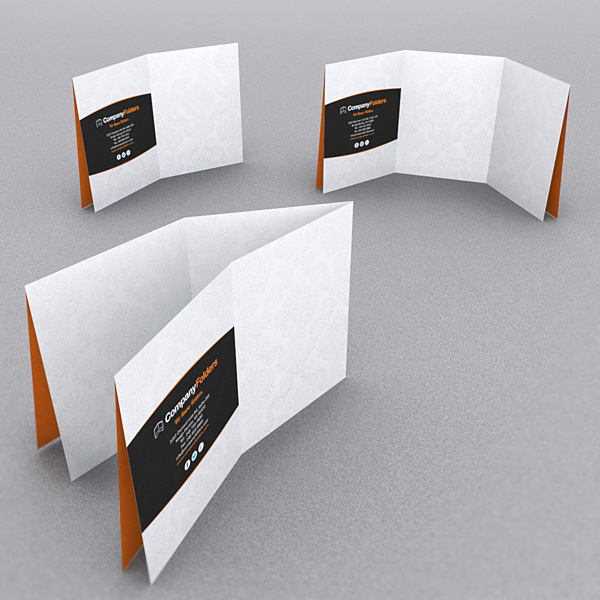
Poster-style folder and brochure folds incorporate multiple ways of folding paper to create a piece of media that will unfold into a large poster-sized sheet. The paper is first folded in half with a basic fold, then folded again into halves, thirds, or even fourths. This allows for creative design possibilities because you’re dealing with a great deal of surface area; you might consider designing a poster that doubles as a brochure, or creating a leaflet that folds out into a map, chart or diagram.
8. Roll Fold

The roll fold is named after the “rolling” technique used to shape the paper into a sort of spiral design. Each panel is progressively smaller and is tucked inside the next. Roll folds can be complicated to pull off correctly, but offer a unique design opportunity for brochures. When unrolled, the interior panels can create one large four-panel design.
9. Exotic Fold
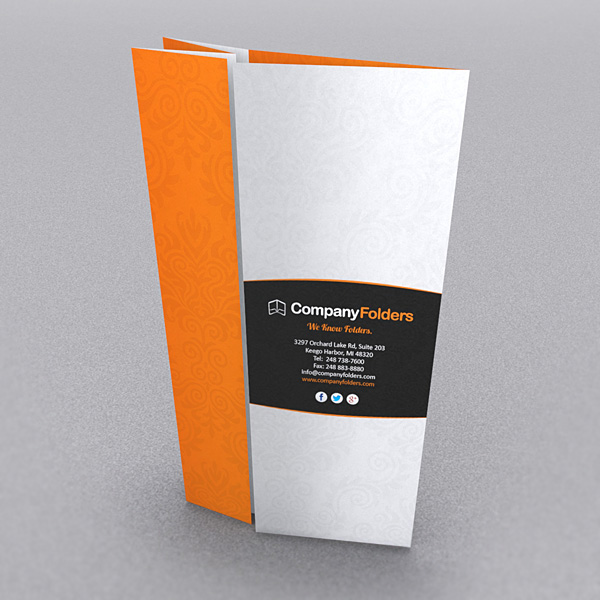
If you can think of it, you might just be able to fold it. Exotic folds are non-standardized, completely unique brochure folds; each one is created to a designer’s specifications. They can be expensive ways to fold paper, as they often require special equipment or hand folding. However, making use of exotic fold ideas allows you to create print media without placing limits on your creative vision. This can be a great way to give your folder or brochure a fancy, luxurious edge.
Talk to your printer to find more information about the different types of folding are available for your print media project. They may also be able to guide you with tips to help your folded design look its best.
Have you encountered any truly unique types of brochure folds and specialty folders that you found interesting or inspiring? Do you have questions about the different types of printing folds? Share your experiences, questions, and fold ideas below!
This post is a part of our Presentation Folders 101 product guide.



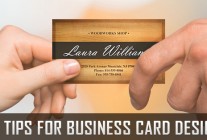
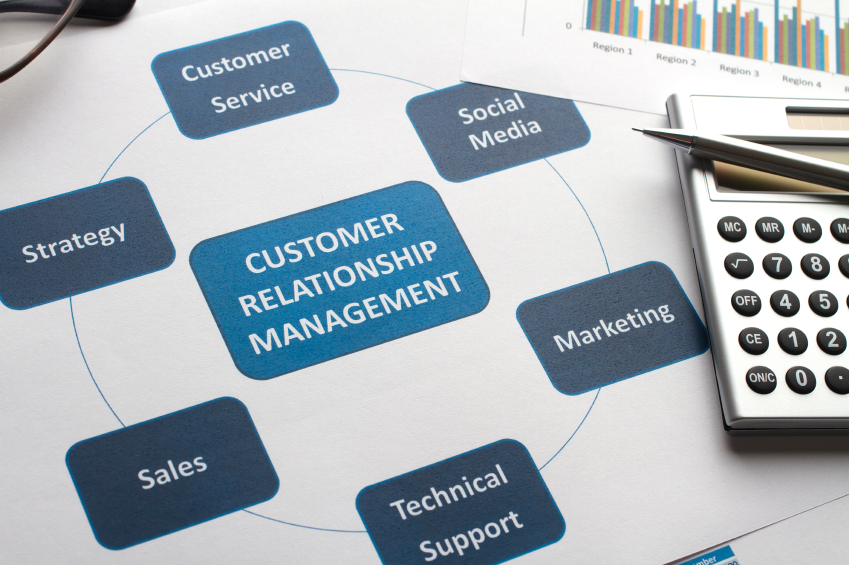

I need a large poster typed folded flyer done, showcases 70 of our hotels. map on th reverse showing out footprint.
what is the most a page can folded to avoid my end product being too think and clumsy and what would be the recommended end size?
I’d recommend asking the printer you plan to have create the flyer; they’d be able to give you the best advice.